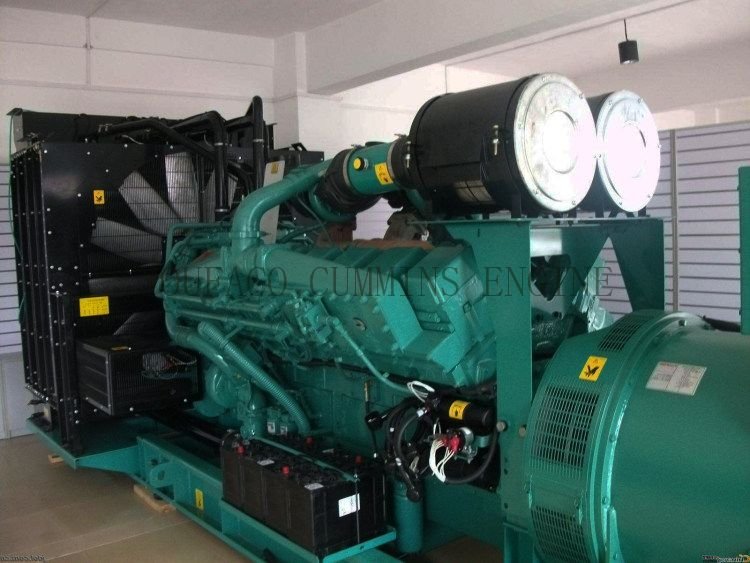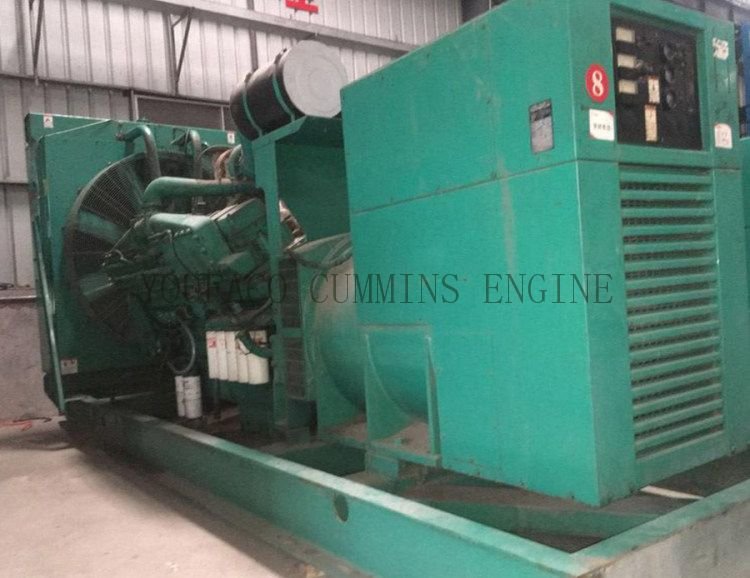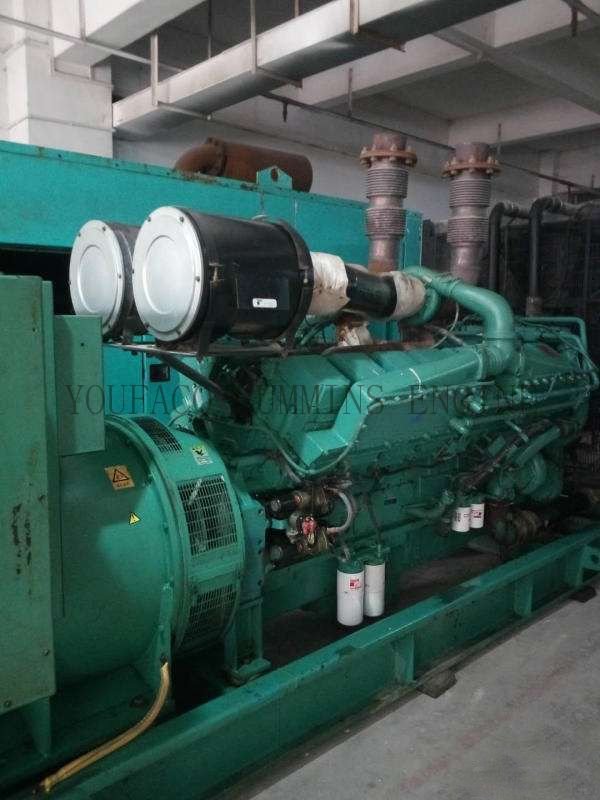


From Steam to Speed: The Evolution of English Engine Technology
The story of English engine technology is a journey through time, marked by groundbreaking innovations, industrial revolutions, and a relentless pursuit of speed and efficiency. From the early days of steam power to the cutting-edge turbocharged engines of today, England has been at the forefront of engine development, shaping the way we travel, work, and live. In this blog, we’ll take a closer look at the fascinating evolution of English engine technology and how it has transformed the world.
The Age of Steam: Powering the Industrial Revolution
The story begins in the 18th century, when England became the birthplace of the steam engine. Inventors like Thomas Newcomen and James Watt pioneered steam technology, creating engines that could harness the power of steam to perform mechanical work. These early engines were used to pump water out of mines, power factories, and eventually propel locomotives and ships.
The steam engine was the driving force behind the Industrial Revolution, transforming England from an agrarian society into an industrial powerhouse. It laid the foundation for modern engineering and set the stage for the next wave of innovation.
The Rise of the Internal Combustion Engine
By the late 19th century, steam power began to give way to a new technology: the internal combustion engine. English engineers played a key role in its development, with pioneers like Frederick Lanchester building some of the first gasoline-powered cars in the 1890s.
The internal combustion engine revolutionized transportation, making it faster, more efficient, and more accessible. Companies like Rolls-Royce and Bentley emerged during this era, producing engines that combined power, reliability, and luxury. The Rolls-Royce Silver Ghost, introduced in 1907, became known as the “best car in the world” thanks to its smooth and silent 7.0-liter inline-6 engine.
The Golden Age of Motorsport and Aviation
The early 20th century saw English engine technology reach new heights, particularly in the fields of motorsport and aviation. The Cosworth DFV (Double Four Valve) engine, introduced in 1967, became one of the most successful engines in Formula 1 history, dominating the sport for over a decade.
Meanwhile, in aviation, the Rolls-Royce Merlin engine became legendary during World War II, powering iconic aircraft like the Supermarine Spitfire and the North American P-51 Mustang. Its combination of power, reliability, and advanced engineering made it a key factor in the Allied victory.
The Turbocharged Era: Pushing the Limits of Performance
As the automotive industry evolved, so did English engine technology. The 1980s and 1990s saw the rise of turbocharging, with brands like Jaguar and McLaren leading the charge. The Jaguar XJ220, introduced in 1992, featured a 3.5-liter twin-turbocharged V6 that produced 542 horsepower, making it one of the fastest cars of its time.
McLaren took things even further with the F1, which featured a naturally aspirated 6.1-liter V12 engine developed in collaboration with BMW. With a top speed of 240 mph, the F1 held the title of the world’s fastest production car for over a decade.
The Green Revolution: Hybrid and Electric Powertrains
Today, the focus of engine technology is shifting toward sustainability. English manufacturers are embracing hybrid and electric powertrains, combining cutting-edge technology with their legacy of performance.
Aston Martin’s Valkyrie hypercar, for example, pairs a 6.5-liter V12 engine with an electric motor to deliver over 1,000 horsepower while reducing emissions. Meanwhile, companies like Jaguar are leading the charge in the electric vehicle market, with models like the I-PACE showcasing the potential of all-electric powertrains.
The Future of English Engine Technology
As we look to the future, the possibilities for English engine technology are endless. Advances in materials, aerodynamics, and energy storage are opening up new frontiers in performance and efficiency. Whether it’s through hybrid systems, fully electric powertrains, or even hydrogen fuel cells, English engineers are continuing to push the boundaries of what’s possible.
Conclusion
From the steam engines that powered the Industrial Revolution to the high-performance engines that dominate today’s roads and racetracks, English engine technology has come a long way. It’s a story of innovation, perseverance, and a relentless drive to improve.
As we move into a new era of sustainable mobility, one thing is certain: the spirit of innovation that has defined English engine technology for centuries will continue to inspire and amaze. So, the next time you hear the roar of a British engine or feel the surge of electric acceleration, take a moment to appreciate the incredible journey that made it all possible.
What’s your favorite milestone in the evolution of English engine technology? Let us know in the comments below! And if you’re as passionate about engines as we are, stay tuned for more stories from the world of automotive innovation.



